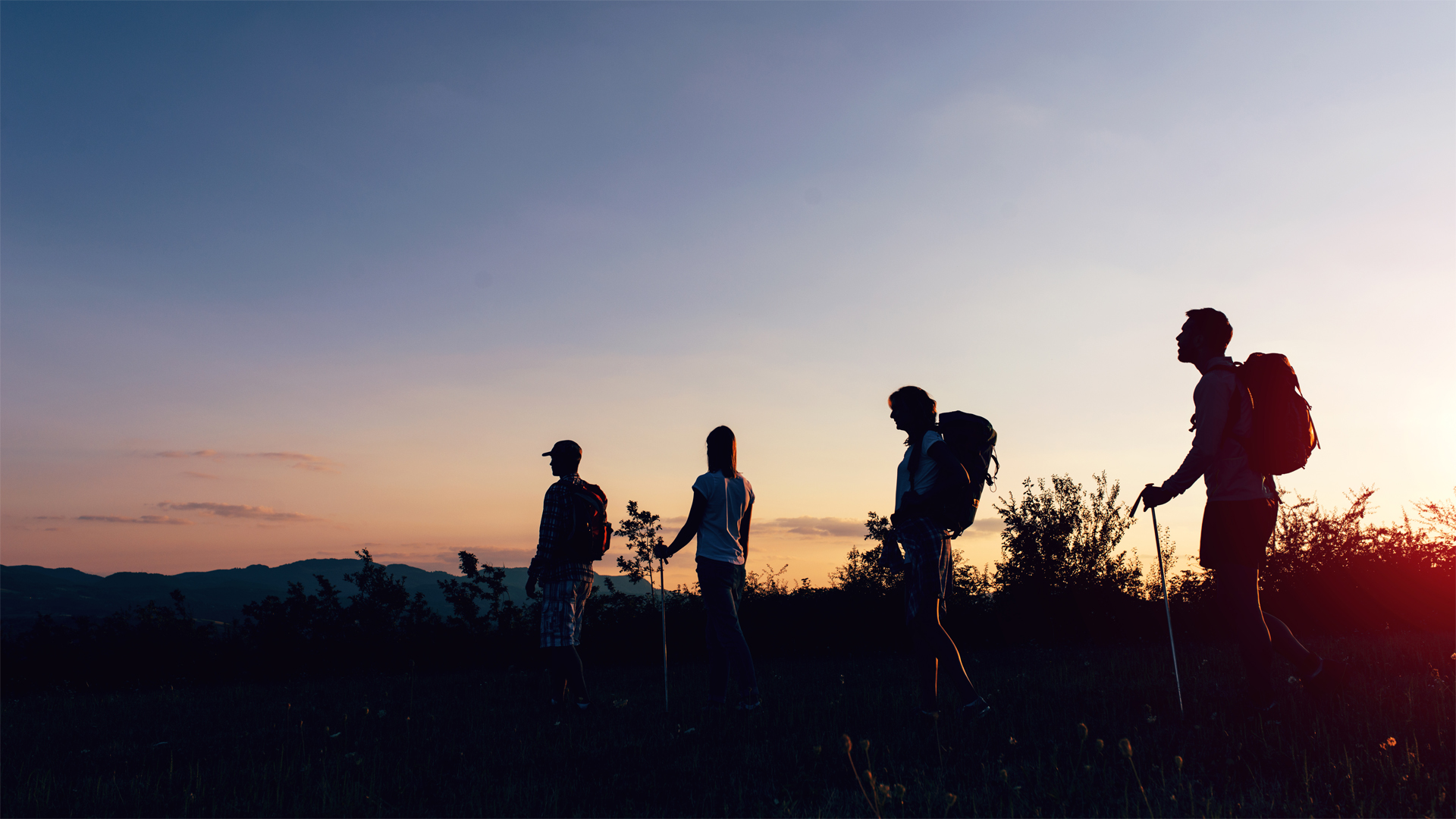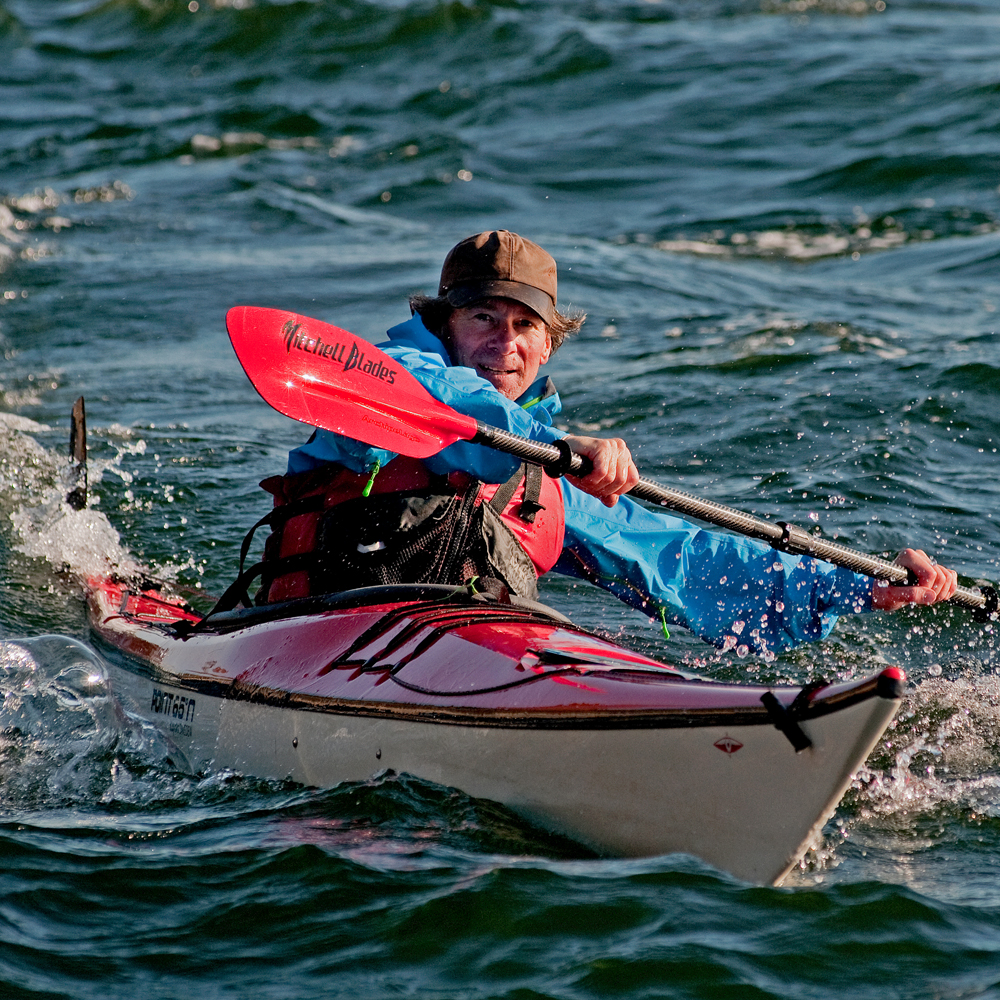How to go night walking: top tips on how to enjoy an after-dark adventure
Enjoy a hike under the stars with this guide to night walking

If you’ve never been night walking, you don’t know what you’re missing. After dusk the outdoors feels suddenly untamed – an exciting place to re-explore, with eyes owl-wide and senses alert.
Head out for a night walk and you’ll probably find that the outdoors after dark isn’t just the countryside with the lights turned off, but a place that feels, sounds and smells new and different. That’ll be because, in the nocturnal world, our vision takes a back seat while more primal senses take over to make ‘sense’ of the blacked out world.
- Best headlamps light your way at night
- Enjoy the sights of the northern hemisphere night sky
Trust your senses and your hearing will sharpen to pick up a tawny owl’s distant ‘keee-wick’ or a wood mouse scuttering through dried leaves. Your nose will sniff out the vinegary stink of a fox or the scent of plants, like bladder campion, which only bloom at night. Meanwhile, proprioception from each footstep will feed back precise information about where you are in relation to the terrain under you and how you’re moving over it.
And because it’s rarely totally dark, even your eyes will add to the multi-sensory picture, though very differently from in daylight, ignoring the retina’s cone photoreceptors which use bright light to discern colours and detail, and instead using information from the rods which can use the faintest of glows to create monochrome images like a night-vision screen.
Joining the dark side
So, how to get the best out of a night walk? For a first nocturnal venture, pick a route you already know well, so navigation isn’t a problem. Remember you’ll walk slower, need more time for way-finding and stop more often, so don’t be too ambitious when it comes to distance. Instead choose habitat and terrain to provide the most interest. Mature woods with cleared paths and no head-height twigs and branches, especially if there are badgers or nightingales, are wonderful for night ventures, as are open heath, downland, off-road tracks and flat beaches. Be wary of broken ground, walking the banks of rivers, coastal paths with cliffs or steep drops or anywhere missed footing, navigation errors or not seeing an obstacle could lead to serious consequences.
If you’re out camping, already amid the trees and wilderness, sometimes it’s sufficient just to do a loop of your site, during which you may meet some nocturnal neighbours you never knew you were sharing the site with.
Into the darkness
Ideally, start at dusk so your night vision and your other senses sharpen as darkness falls slowly and theatrically across the land.
Advnture Newsletter
All the latest inspiration, tips and guides to help you plan your next Advnture!
Take two torches. One small and kept in a pocket where it’s easy to find if needed as a backup, and one main torch (either a handheld or a head-torch). A red light, or a green light option is really useful; you can use it to read maps and signs and check things without blowing out your night vision, and it disturbs wildlife less than white light and so lets you see more even when your torch is on. But try not to use your torch except when really needed. You’ll be surprised how much your night vision can pick up, especially if you train yourself to use your peripheral vision, which is more sensitive in low light, to ‘look’ at things.
Nocturnal navigation
It’s good to plot your route on a map before a walk, just to be aware of the kind of things you’d rather avoid - or at least be prepared for - whether it’s electric fences (beware dairy farms), ditches and stiles or houses that might have loose dogs.
Doing some audio research online before you head out can have benefits. You’ll walk easier if you know that the blood-curdling, harsh roaring behind you is just a muntjac deer, or that the banshee screaming ahead is actually a vixen on heat. If you’re lucky enough to score a clear night, consider taking along a printed star map or downloading a starspotter’s app (for example stellarium-web.org) onto your phone.
And unless you really know a walk like the back of your hand carry a map and check your navigation often, especially in woodland or open country, as it’s disconcerting how quickly you can lose yourself after a wrong turn and some brisk walking, even in familiar country.
Enlightened prep
Temperatures drop faster at night, even in summer, and you’ll be moving slower, so have a warm layer in your daysack (should that be ‘nightsack?’). You won’t see weather and particularly clouds gathering, so carry a raincoat whatever the forecast; it’ll be useful anyway, to sit or lie on when you’re stargazing, or just listening to the nocturnal soundtrack. It’s a good idea to carry a light hi-viz vest in case you end up walking on roads at some point. Pack something to eat and maybe a Thermos flask. Cafes are going to be thin on the ground, though efficient route planning might provide a rural pub at just the right moment.
In the past the night hours were for poachers, lovers and smugglers, now from my experience if you meet anyone at all it’s likely to be endurance runners, gamekeepers and bat scientists. Mostly though you’ll have the nights to yourself.
After a wild childhood in west Cork, Jasper Winn began embarking on long cycles, walks, horse journeys and kayak trips across five continents – adventures he’s decanted into books, magazine articles, radio and television documentaries. Keen on low-tech but good gear, Jasper is an advocate of slow adventures by paddle, pedal, saddle, boot and sail. He has circumnavigated Ireland by kayak and cycled across the Sahara. Twice. Having ridden north-to-south across Algeria he discovered the only way to get back was to turn round and pedal north again.

